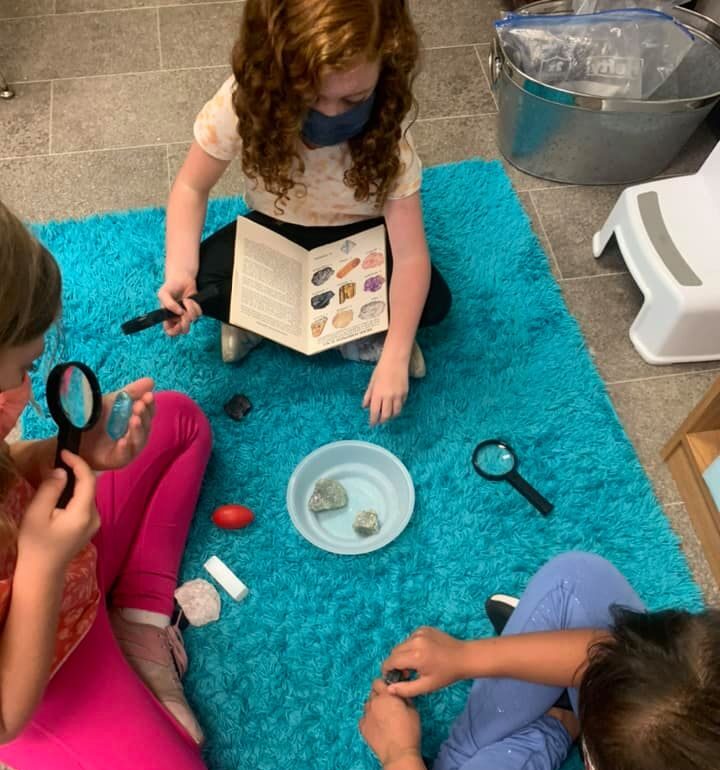Pinecrest is a Progressive School… But What Does That Mean?
Progressive schools use an approach to education that differs from traditional models of education.
History of Progressive Education:
John Dewey, an education expert, philosopher, and psychologist wanted to change how we think about classrooms and schools in the United States. He stepped outside of the traditional model of education and coined the idea of Progressive Education. Dewey specifically critiqued how traditional modes of education focused on authoritarianism and rote learning. Rote learning is when students are guided to learn through memorization and repetition (1).
Perhaps you can imagine a learning experience from your own time in classrooms that describes what Dewey wanted to change. We’ve all seen this trope in the media (or, sadly, in our memories) of an overly authoritative teacher standing at the front of the class while students seem to endlessly copy sentences to memorize a topic. This mental image may be dramatic but it is good imagery to understand what progressive schools oppose and avoid.
What Progressive Education Looks Like:
Student-Centered Learning: Progressive education teaches in a way that ensures students are invested in their education through connecting learning to relevant parts of the students’ lives. Studies show that this is effective; as students have better success when instruction includes culturally appropriate vocabulary and examples (2). Progressive education also centers the student within the education process. Meaning, students have an active role in their pursuit of knowledge.
Learning by Doing: Progressive education and schools also take an active and hands-on approach to learning; where students are not just studying for a test but learning material in a way that naturally piques their curiosity. This can look like project-based learning, where students are learning by doing.
Learning in Collaboration: Progressive education acknowledges that students learn a lot from each other, the importance of that is valued. For example, through cooperative learning, or learning in small classroom peer groups. One analysis (3) found that when analyzing 168 studies comparing cooperative learning to other styles of learning, cooperative learning produced greater academic achievement. While, of course, the importance of an awe-inspiring teacher is immeasurable, this study really summarizes the importance of collaboration, and how important a student-centered education is important for student success.
Why Pinecrest School is a Progressive School:
The difference between progressive schools and other schools is that the approaches mentioned above are ingrained in the school structure and daily culture. Pinecrest School is a small Northern Virginia private school for K-6 students and preschoolers beginning at age 3 that values a progressive education. The values of our Virginia private school and our academic vision align with what progressive education is: active and hands-on, flexible and creative, meaningful and engaging, differentiated yet collaborative, and equally focused on academic growth and social/emotional growth. Pinecrest School in Fairfax County creates an environment where students are able to grow, and lean into their creativity and passions. Visit our progressive private school for a Virtual Open House & Virtual Meet & Greet and contact us today to learn more!
Resources:
1: Public Broadcasting Service. (n.d.). PBS online: Only a teacher: Schoolhouse pioneers. PBS.
Retrieved December 2021, from
https://www.pbs.org/onlyateacher/john.html#:~:text=Unlike%20earlier%20models%20
of%20teaching,be%20relevant%20to%20students’%20lives.&text=To%20Dewey%2C%
20the%20central%20ethical%20imperative%20in%20education%20was%20democracy.
2: Ashbrook, P. (2021). Culturally Responsive Teaching. Science and Children, 58(4), 14–15.
3: Johnson, D.W., Johnson, R.T., and Smith, K.A. (2006). Active learning: Cooperation in the
University classroom (3rd edition). Edina, MN: Interaction.
